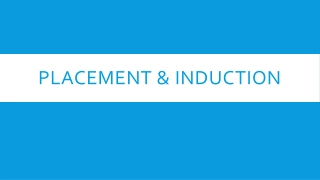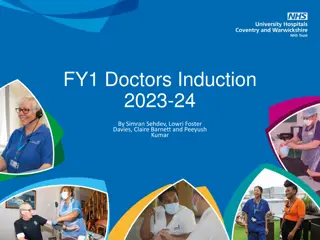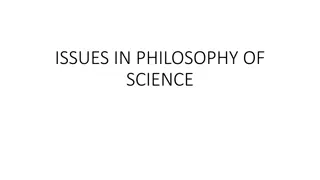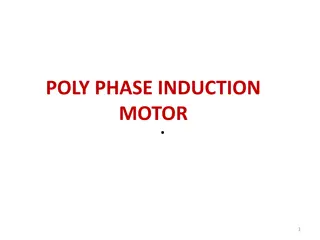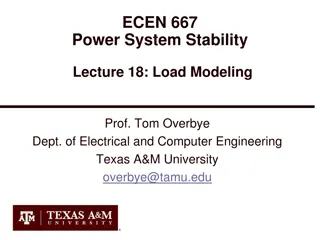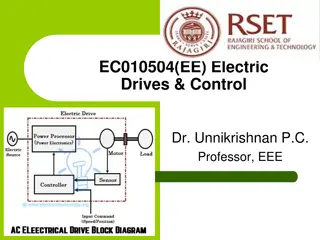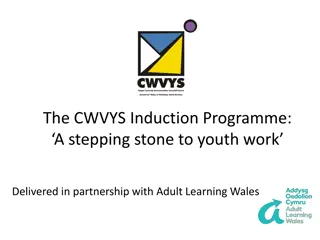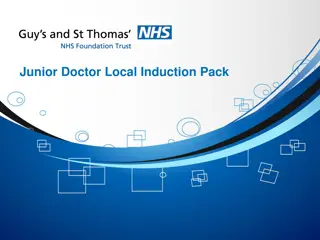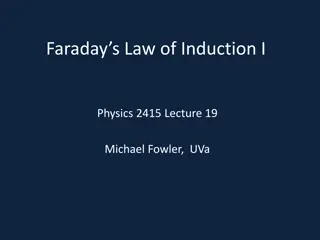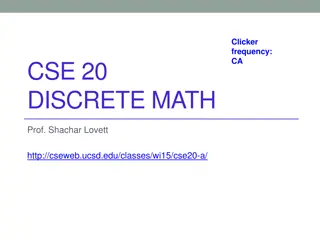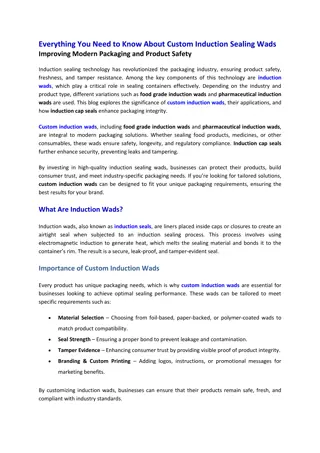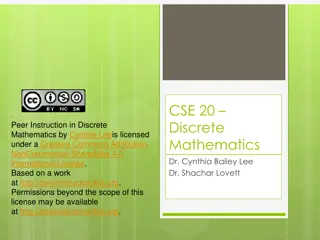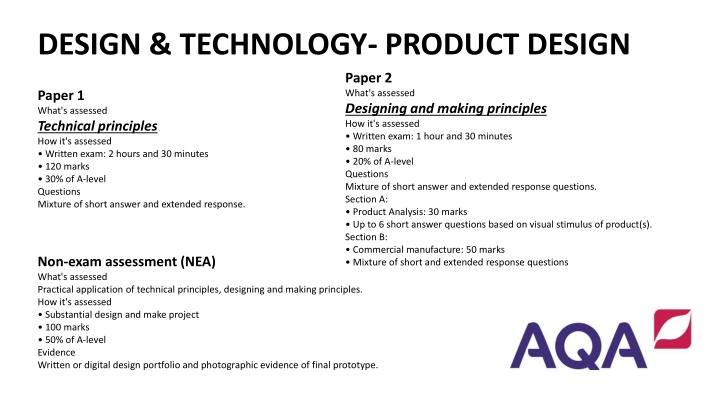
Explore A-Level Design & Technology: Product Design Assessment Structure
Understand the assessment breakdown for A-Level Design & Technology: Product Design, covering Paper 1, Paper 2, and Non-exam Assessment (NEA) components. Discover the topics assessed, exam formats, and essential preparation tips for success in this course.
Download Presentation

Please find below an Image/Link to download the presentation.
The content on the website is provided AS IS for your information and personal use only. It may not be sold, licensed, or shared on other websites without obtaining consent from the author. If you encounter any issues during the download, it is possible that the publisher has removed the file from their server.
You are allowed to download the files provided on this website for personal or commercial use, subject to the condition that they are used lawfully. All files are the property of their respective owners.
The content on the website is provided AS IS for your information and personal use only. It may not be sold, licensed, or shared on other websites without obtaining consent from the author.
E N D
Presentation Transcript
DESIGN & TECHNOLOGY- PRODUCT DESIGN Paper 2 What's assessed Designing and making principles How it's assessed Written exam: 1 hour and 30 minutes 80 marks 20% of A-level Questions Mixture of short answer and extended response questions. Section A: Product Analysis: 30 marks Up to 6 short answer questions based on visual stimulus of product(s). Section B: Commercial manufacture: 50 marks Mixture of short and extended response questions Paper 1 What's assessed Technical principles How it's assessed Written exam: 2 hours and 30 minutes 120 marks 30% of A-level Questions Mixture of short answer and extended response. Non-exam assessment (NEA) What's assessed Practical application of technical principles, designing and making principles. How it's assessed Substantial design and make project 100 marks 50% of A-level Evidence Written or digital design portfolio and photographic evidence of final prototype.
DESIGN & TECHNOLOGY- PRODUCT DESIGN Year 12- Theory- materials, properties, design movements and processes NEA Preparation- Mock NEA with focussed practical tasks to support theory including practical and designing Year 13- Theory- revisit knowledge from Yr12, social and economic factors, design philosophy and manufacture Full NEA- Context decided by student (has to solve a genuine problem)
Preparation Google SketchUp (essential) Please search Google SketchUp on the internet and set up a free account to use it. All you need is an email address. You do not need to sign up to the paid version! Folders (essential) You will require an A4 lever arch file to keep notes in. Please also have a pad of A4 lined note paper within this. You may also optionally wish to purchase an A3 folder to carry your sketch pad and equipment in. Although not compulsory this will ensure you can keep your work and equipment safe.
Preparation Sketch pads (optional) You will require an A3 sketch pad. If you can (although not essential) purchase a layout pad as this works better with markers. Pencils & Pens (essential) You will require standard HB or other pencils to sketch with. You will also find it useful to have a set of good quality colour pencils which should include a white pencil if possible. You will require a set of fine liners for sketching. Markers (optional) You will require a set of markers for rendering. You will need Cool Grey Graphic markers and if possible, colour graphic markers. These are graphic markers not felt tips!
Textbook (essential) You must have a copy of the following AQA textbook to support your studies- Title: AQA AS/A Level Design & Technology: Product Design Authors: Ian Granger, Will Potts, Julia Morrison and Dave Sumpner Publisher: Hodder Education ISBN: 9781510414082
Summer Project To prepare you for the creative design element of the A level you are to complete the following project- You are to redesign a commonly used product to improve an aspect of it. You will need to produce the following- An overview of the product, what it is used for and the issues with the product. Produce a set of sketches that show how the product can be further developed to resolve the faults identified. Produce a final drawing that shows the refined product including annotations outlining the improvements.

